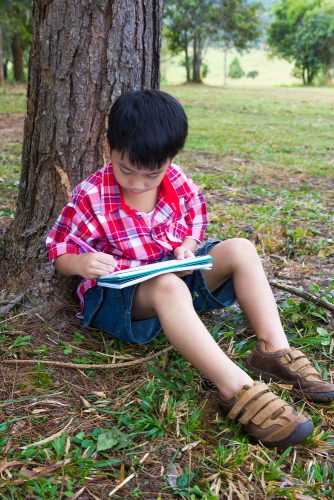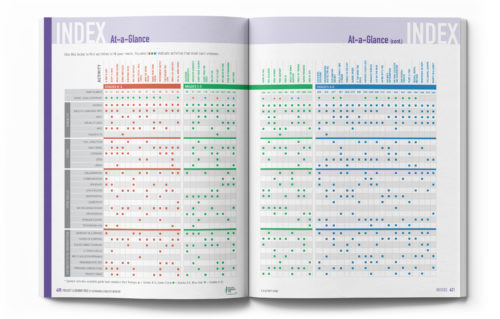Summer is when classroom educators typically take the opportunity to refresh and rejuvenate after a taxing school year. For many, the summer break also means time to reflect on their craft and think about goals and strategies for the upcoming year. What do we hope students leave our classroom knowing, and being able to do? Of course, we want them to learn about our subject matter and to feel confident with the academic skills related to our content.
But beyond those “testable” topics, most teachers and nonformal educators would also list other ways they hope their students grow.
- Are my students able to interact with their classmates in productive, positive ways?
- Do they know how to set goals, and achieve those goals?
- Do they have the ability to manage the sometimes difficult, often changing emotions that are part of growing up?
Teachers know that skills like these can be equally important—if not more so—than content knowledge when it comes to the learning outcomes of the young people in their care. These types of skills fall under the category of Social and Emotional Learning (SEL), and nature-based education can play a critical role in helping students grow in these ways.
Nature Education & SEL

Let’s look at some examples from PLT activities to think about specific ways that nature education can contribute to K-12 students’ social and emotional learning.
Creative Connections
We’ll start with one of my favorite PLT activities, “Poet-Tree” from the Explore Your Environment: K-8 Activity Guide. In this activity, students have an opportunity to talk about a favorite wooded place and how they feel when they are there, followed by spending some time making close observations of an outdoor spot near their school, writing and sharing poetry about what they observed, and then creating a class poetry book that includes their work. In doing so, students are connecting with their emotions, expressing themselves, listening to their classmates, and contributing to something for their classroom community—all foundations of SEL—while also learning about grammar, literature, and ecosystems.
You can also practice poetic reflection with your family with PLT’s Connecting Kids to Nature activity page for Poet-Tree.
Collaboration & Communication
Now let’s consider a high school example from a lesson rooted in natural science and forestry skills— “Monitoring Forest Health” from the Green Jobs: Exploring Forest Careers guide (with a variation also found in Focus on Forests Guide). I love this lesson because students collect “real world” qualitative and quantitative data about a forest study plot. But in my opinion, the best part comes near the end, when students share their data with the class, and then discuss and debate together while they analyze the data to come to conclusions about the health of that forest.
In this process students are considering diverse opinions, practicing self-control, and resolving conflict, not to mention the cooperative work that was required to gather the data in the first place. That’s some powerful opportunity for social and emotional growth!
Check out PLT’s “Monitoring Forest Health” activity for yourself!
Practice Incorporating SEL
 I could go on to give more examples of how PLT and nature education support SEL in students, but instead I am going to challenge you to explore on your own.
I could go on to give more examples of how PLT and nature education support SEL in students, but instead I am going to challenge you to explore on your own.
Flip through your favorite PLT guide or other nature-based curriculum and look for places where students are working together, expressing themselves, reflecting on how nature makes them feel, or thinking about what it takes to make responsible decisions. Check out the “At-a-Glance” index on pages 420-421 of the Explore Your Environment: K-8 Activity Guide. Under STEM Skills you can find key skills connected to SEL (i.e., collaboration, communication, creativity)! And then keep those activities in mind as tools for helping grow well-rounded students that become responsible and successful adults.
We’d love to hear about your favorite PLT activities you’ve used for social and emotional learning! Share them with us on social media, tagging @ProjectLearningTree on Facebook and Instagram.


